What is Alzheimer’s disease?
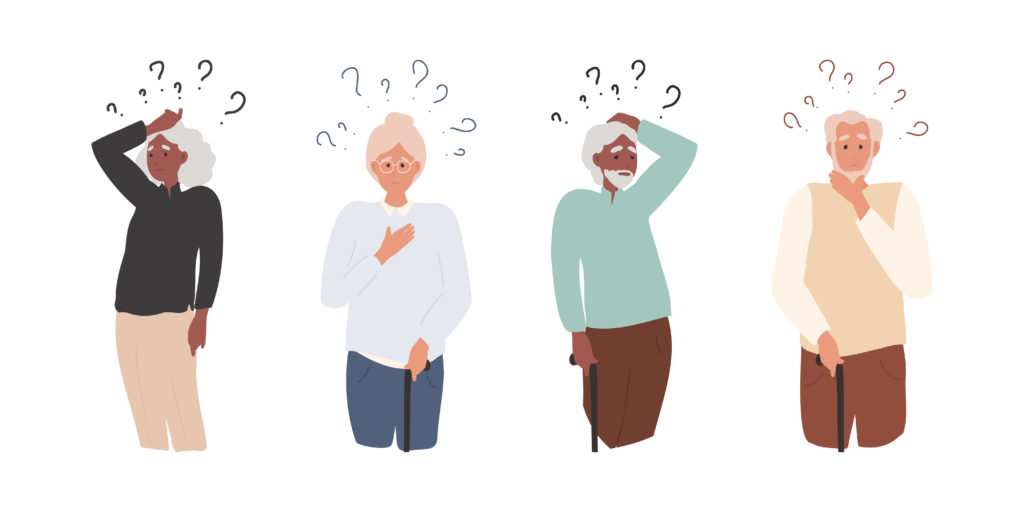
Alzheimer’s disease is a neurodegenerative disorder that causes the decay of brain cells which leads to brain shrinking (atrophy). This article will provide an overview of Alzheimer’s Disease and its signs and symptoms at various stages. You will also know about the prevalence rate, etiology, and whom to consult for examinations and tests that can determine the presence of Alzheimer’s Disease.
Alzheimer’s disease is an irreversible, progressive condition, which means, that symptoms of the disorder gradually become mild to worse until the individual is not able to communicate and function properly. It is one of the most common forms of Dementia an organic mental disorder and a group of symptoms affecting memory, thinking and social abilities severely enough to intervene with your day-to-day life activities. The disorder impairs cognitive function i.e, thinking, memory, orientation, comprehension, calculation, learning capacity, language, and judgement; accompanied by sudden changes in mood, behavioural issues, low motivation level and lack of emotional control. However, it does not affect an individual’s consciousness.
Alzheimer’s disease: Signs and Symptoms
The progression of this condition is categorized into three stages: pre-clinical stage (early onset), middle stage, and late stage. Memory loss is the typical early sign of the onset of the disease. The symptoms and progression, however, can differ individually. The symptoms of the early onset stage are difficult to differentiate from normal signs of ageing, but, the signs of the disease become severe with time.
Pre-clinical Stage
Researchers suggest that the onset of Alzheimer’s disease starts a decade ago before cognitively impaired issues (memory and thinking) appear. As the complex brain changes associated with Alzheimer’s, such as the formation of amyloid plaques or tau tangles. Thus, the pre-clinical stage is the condition where the brain starts changing before any of the typical symptoms of Alzheimer’s appear.
Early stage
The early stage of Alzheimer’s consists of mild impairments, where the person outwardly may appear healthy, but has struggles remembering or recognizing. They have more and more difficulty trying to make sense of the world. The individual and their family can notice that something is wrong. These are the symptoms that onset in the early stage of Alzheimer’s:
- Forgetfulness or memory loss (trouble remembering names, everyday objects, recent events, or appointments).
- Impaired Judgment
- Loss of track of time
- Hard time recognizing places
- Taking longer than usual to complete day-day tasks.
- Trouble learning and remembering new things
- Repetitive questions
- Struggles to handle money and pay bills
- Lack of spontaneity or initiative
- Delay in reactions
- Trouble in organizing or planning
- Personality or mood issues
- Increased anxiety and aggressive behaviour
Middle stage
A moderate level of symptoms starts to appear and intensive supervision and assistance of a family member or caregiver are necessary as the individual becomes unable to work. This stage can last long for many years. The symptoms of middle-stage of Alzheimer’s can include:
- Increase the level of confusion and disorientation
- Intensive memory loss that the individual is unable to remember about themselves i.e. their name
- Loss of recognition towards family and friends (though they would feel familiar to the individual)
- Struggles to perform daily tasks such as dressing on their own
- Difficulty recognizing numbers, and words and forgetting writing
- Withdrawal from social activities
- Angry outbursts, such as undressing at inappropriate times or places, or using vulgar language
- Obsessive and repetitive behaviour
- Extreme anxiety, stress and restlessness
- Hallucinations, delusions, and paranoia
- Muscle twitches
- Sleep cycle disruption
Some symptoms of the middle stage can worsen in n the second half of the day, i.e., between late afternoon and night. This is known as sundowning.
Late stage
At this stage, the person begins to show severe symptoms of Alzheimer’s where forget how to respond or communicate and are completely dependent on others for their care. In the late stage, they mostly spend their time in bed. The symptoms of the last step can include:
- Trouble communicating and responding
- No memory or awareness of recent experiences and events
- Struggle with eating and swallowing food
- Loss of control of bowel and bladder
- Extreme weight loss
- Physical decline i.e. dental, skin and foot issues
- Difficulty sitting, standing, or walking, which can lead to frequent falls
- Grunting and groaning
- Inability to perform personal hygiene tasks
Prevalence rate of Alzheimer’s
The risk of Alzheimer’s increases with age which is why it is a common neuropsychiatric condition in the elderly population worldwide. It is estimated that there are approximately 44 million people worldwide living with Alzheimer’s disease or a related form of dementia. Also, it is most commonly found in people over the age of 65. According to the Dementia/ Alzheimer’s India Report 2010 by the Alzheimer’s and Related Disorders Society of India (ARDSI), there were around 3.7 million Indians with Alzheimer’s in 2010. Furthermore, the number is projected to rise to 7.6 million by 2030. Women around the world are nearly twice as likely as men to develop Alzheimer’s, women with Alzheimer’s outnumber men 2 to 1. Brain scans have suggested that the rate at which brain cells are dying in the brain is faster in women than in men.
Etiology of Alzheimer’s disease
Researchers and Scientists haven’t found a reason to fully explain the cause behind Alzheimer’s disease, however, a combination of age-related changes in the brain, along with genetic, environmental, and lifestyle factors can certainly increase the chances of developing it.
Ageing and Alzheimer’s risk
As suggested by the prevalence rate, and due to its neuro-progressive nature, old people are more prone to develop Alzheimer’s. The ageing cause includes atrophy (shrinking) of certain brain parts, inflammation, vascular damage, production of unstable molecules called free radicals, and breakdown of energy production within cells. However, age is just a single risk factor, a lot of people live until their 90s without any impairment in their memory and thinking ability.
Genetic factor
A large number of neurons die resulting in tissue loss, in a brain suffering from Alzheimer’s disease. A brain scan can help observe these losses. Some researchers also believe that the two protein complexes called Neurofibrillary tangles and Amyloid Plaques in the brain contribute to the widespread death of neurons. The Neurofibrillary tangles make it difficult for neurons to receive nutrients and send signals to each other. Neurofibrillary tangles are made up of Tau-protein, which helps in forming microtubes. Microtubes are cell structure that transports nutrients and supports the cytoskeleton. Meanwhile, Amyloid Plaques are composed of a protein called beta-amyloid, beta-amyloid accumulates because of its chemical “stickiness” leading to protein aggregates and plaque formation. These results in damaging the brain neurons and lead to cell death.
People’s genes, which are inherited from their biological parents, can affect how likely they are to develop Alzheimer’s disease. Having a family history of the disease does not mean sure that you’ll have it, too. But it may mean you are more likely to develop it.
Environmental and health factors
A nutritious diet, physical activity, social engagement, sleep, and mentally stimulating tasks have all been associated with helping people stay healthy as they age. These factors might also help reduce the risk of cognitive decline and Alzheimer’s disease. Research suggests that people suffering from heart disease, stroke, and high blood pressure, as well as metabolic diseases, such as diabetes and obesity, are more prone to develop Alzheimer’s. Early life experience such as a higher level of education is linked with decreased risk of developing Alzheimer’s disease. There are studies on different ethnicities and racial groups to find the cause of the disease to understand and find a cure. Whereas, African Americans are found to be more prone to develop Alzheimer’s as per studies.
Whom to consult when early signs of Alzheimer’s
On recognizing signs of Alzheimer’s, you must consult your general doctor, a neurologist or a doctor trained to treat older adults (geriatrician). They will review your symptoms, medical history, and medication history and thereafter enquire to someone who knows you well such as a close friend or family member. In addition to that, your doctor may also perform a physical examination and conduct several tests.
The doctor will evaluate:
- If you have impaired memory or thinking (cognitive) skills
- If you exhibit changes in personality or behaviours
- Analysing the Degree of your memory or thinking impairment or changes
- How your thinking problems affect your ability to function in daily life
Doctors may order additional laboratory tests, or brain-imaging tests or send you for detailed memory testing. These tests can provide doctors with useful information for the diagnosis, including ruling out other conditions that cause similar symptoms.
Examinations and tests that can determine the presence of Alzheimer’s (lab tests/scans, neurological assessments)
Mental status testing: The doctor may conduct mental status tests to test your cognitive ability (thinking and memory skills). The scores on these tests evaluate your degree of cognitive impairment.
Interview friends and family to analyse the changes in you and trace any mental and physical history
Laboratory tests: Your doctor may recommend a cerebrospinal fluid examination to help with the diagnosis. Amyloid and tau proteins can be measured in the cerebrospinal fluid. The ratio of these proteins can help determine whether Alzheimer’s is present.
Neuropsychological tests: Evaluation by specialists trained in brain conditions, which includes mental status tests to evaluate your memory and thinking skills. Moreover, they may also help to recognize comorbidity with Alzheimer’s disease.
Brain imaging tests: Progressive damage to the neurons and brain cells causes Alzheimer’s disease. Brain scans can analyse these damages.
Magnetic resonance imaging (MRI): Uses radio waves and magnets to create a detailed view of your brain.
Computerized tomography (CT): Uses X-rays to obtain cross-sectional images of your brain.
Positron emission tomography (PET): identify brain regions with decreased glucose metabolism. The pattern of metabolism change can distinguish between different types of degenerative brain disease.

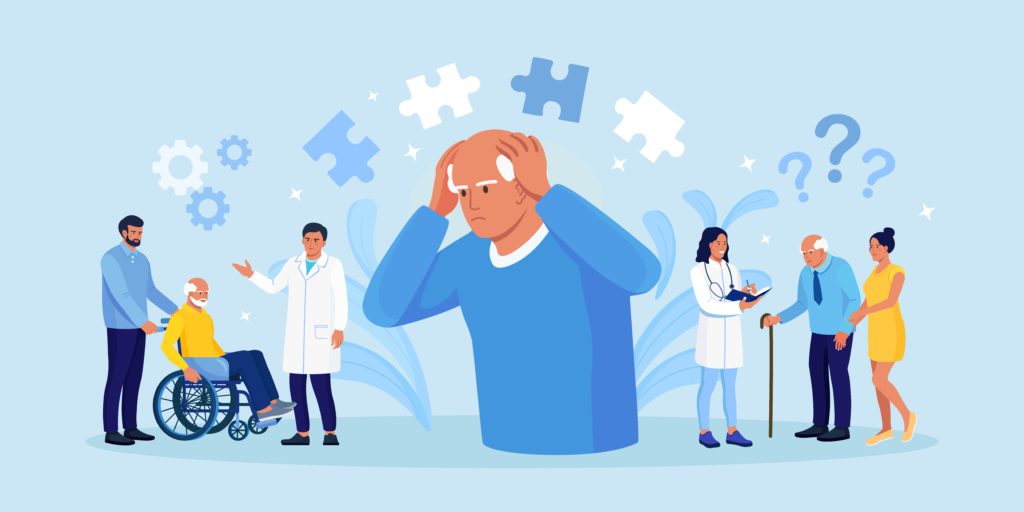
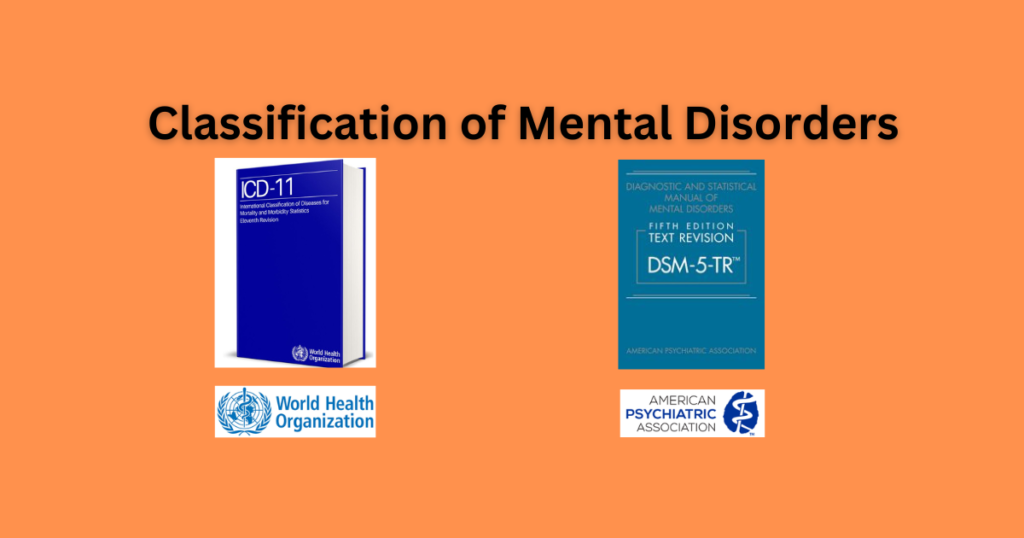

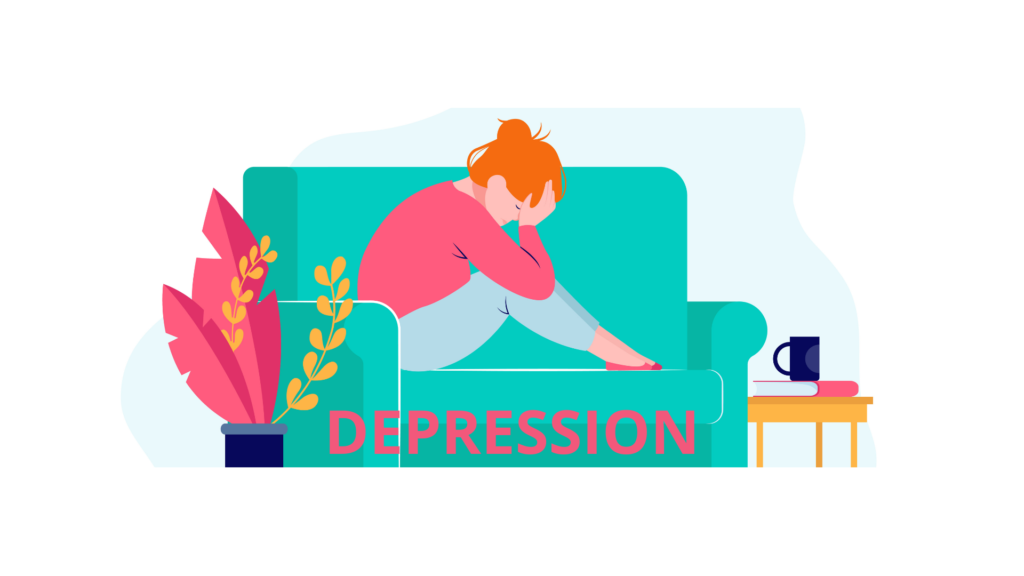
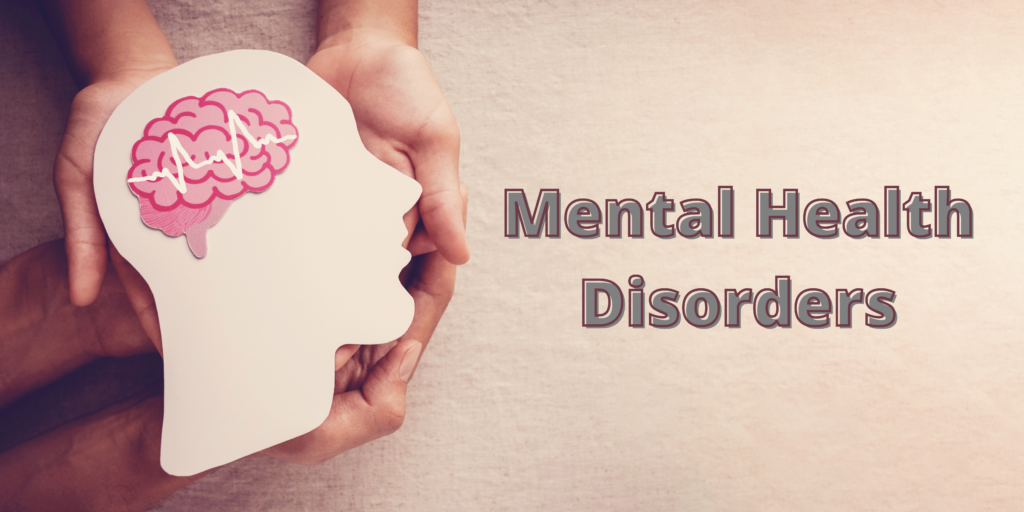

Responses